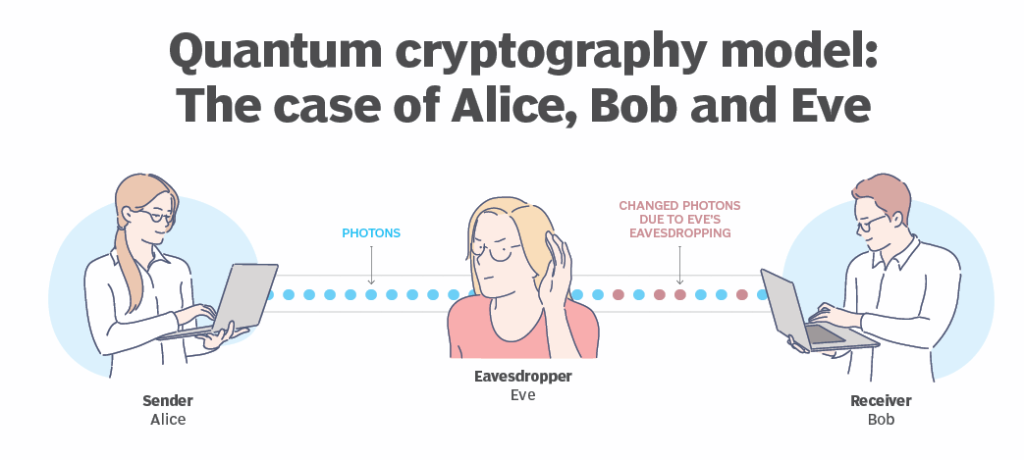Hacking Threats to Self-driving Cars and How to Mitigate Them
Category : Automation Cyber Security Technology
Self-driving cars, also known as autonomous vehicles (AVs), have the potential to revolutionize transportation by increasing safety, reducing traffic congestion, and improving mobility for people who are unable to drive. However, as with any technology that is connected to the internet, AVs are vulnerable to hacking attacks that could compromise their safety and reliability.

Here, we will discuss the various hacking threats to AVs and how they can be mitigated.
- Remote Hacking
One of the most significant threats to AVs is remote hacking. This type of attack occurs when a hacker gains access to the AV’s communication systems, such as its GPS, cellular, and Wi-Fi networks, and uses that access to control the vehicle. This could include altering the car’s speed, braking, and steering, or even taking complete control of the vehicle. To mitigate this threat, AV manufacturers should implement strong security measures, such as encryption and authentication, to protect their vehicles’ communication systems.
- Physical Hacking
Another threat to AVs is physical hacking, which occurs when a hacker gains access to the vehicle’s internal systems by tampering with the hardware or software. This could include installing malicious software on the AV’s onboard computer, or even physically modifying the vehicle’s hardware to take control of its systems. To mitigate this threat, AV manufacturers should implement security measures such as secure boot and secure firmware updates to ensure that only authorized software can run on the vehicle’s onboard computer. Additionally, they should use tamper-proofing techniques to prevent physical modifications to the vehicle’s hardware.
- Denial of Service (DoS)
A denial of service (DoS) attack occurs when a hacker floods a network or system with traffic, making it unavailable to legitimate users. In the case of AVs, a DoS attack could prevent the vehicle from communicating with its onboard computer, which could cause the vehicle to malfunction or even come to a complete stop. To mitigate this threat, AV manufacturers should implement security measures such as firewalls and intrusion detection systems to prevent unauthorized traffic from accessing the vehicle’s networks.
- Man-in-the-Middle (MitM)
A man-in-the-middle (MitM) attack occurs when a hacker intercepts and alters communications between two parties. In the case of AVs, this could include intercepting and altering the vehicle’s GPS data, causing it to navigate to a different destination than the one intended. To mitigate this threat, AV manufacturers should implement security measures such as secure communications protocols, such as HTTPS and SSL, to encrypt the vehicle’s communications and prevent unauthorized access.
- Social Engineering
Social engineering is the use of deception to manipulate individuals into divulging sensitive information or performing actions that could compromise the security of a system. In the case of AVs, this could include tricking a vehicle owner into providing access to the vehicle’s systems or convincing a technician to install malicious software on the vehicle. To mitigate this threat, AV manufacturers should provide education and training to their employees and customers on how to recognize and prevent social engineering attacks.
In conclusion, self-driving cars are vulnerable to a variety of hacking threats that could compromise their safety and reliability. To mitigate these threats, AV manufacturers should implement strong security measures, such as encryption, authentication, and secure communications protocols, and provide education and training on how to recognize and prevent social engineering attacks. Additionally, it is important to keep the software and security systems updated regularly to prevent any possible vulnerability.


Recent Comments